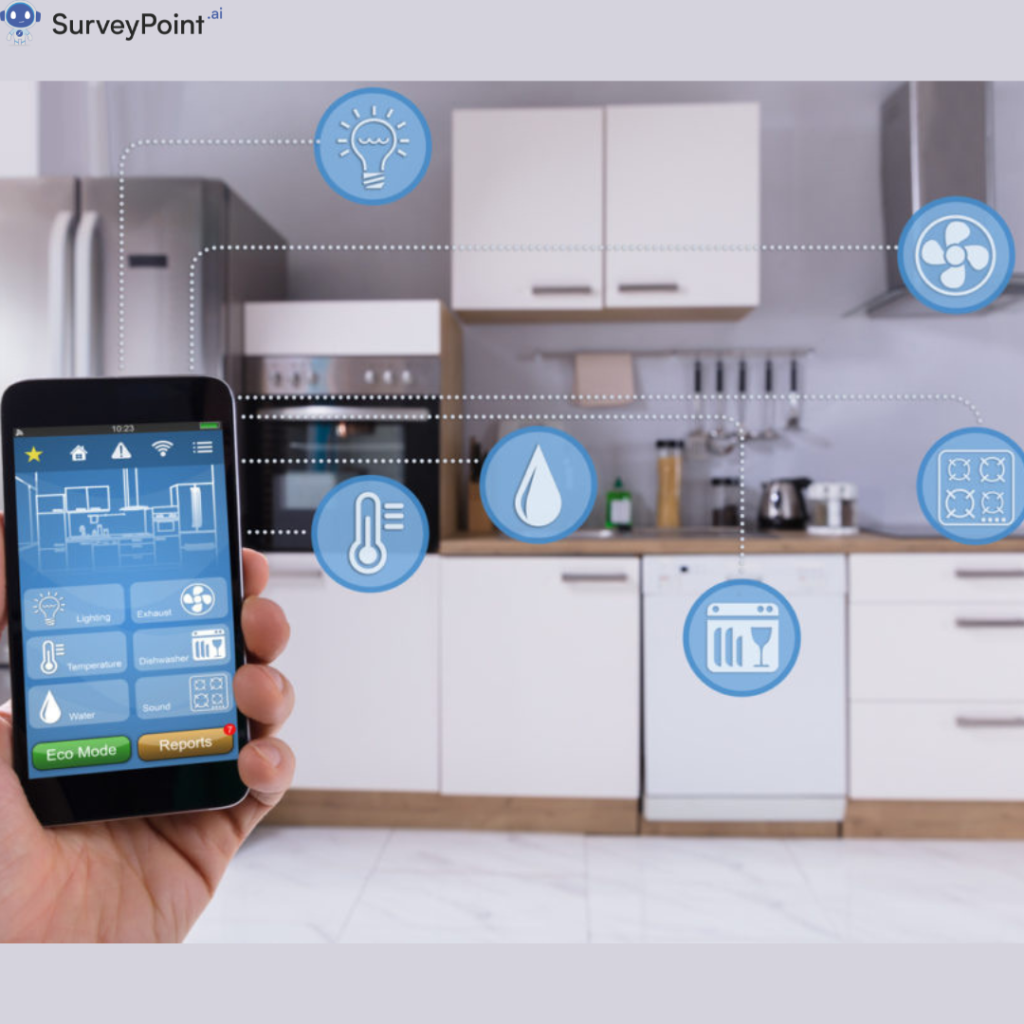
In the fast-paced world of modern business, effective communication is paramount. Whether it’s conveying vital information to stakeholders, documenting processes for future reference, or presenting proposals to clients, documents serve as the cornerstone of communication in virtually every industry. However, creating high-quality documents that meet the needs of both the creators and the intended audience requires more than just good writing skills—it demands a systematic approach known as the Document Development Life Cycle (DDLC).
Understanding the Document Development Life Cycle (DDLC)
The Document Development Life Cycle (DDLC) is a structured methodology used to guide the creation, management, and dissemination of documents within an organization. It provides a framework for planning, analyzing, designing, developing, reviewing, approving, and publishing documents to ensure they are accurate, relevant, and effective.
Significance of DDLC
In today’s information-driven world, the significance of DDLC cannot be overstated. Whether it’s a business proposal, a technical manual, or a marketing brochure, documents play a crucial role in conveying information, facilitating decision-making, and establishing credibility. By following a structured approach like DDLC, organizations can streamline their document development processes, minimize errors, and enhance the overall quality and consistency of their documents.
Objectives of DDLC
The primary objectives of DDLC include:
- Ensuring Accuracy: By following a systematic approach to document development, DDLC helps ensure that documents are accurate, reliable, and free from errors or inconsistencies.
- Enhancing Quality: DDLC promotes quality by emphasizing thorough planning, rigorous analysis, effective design, and meticulous review and approval processes.
- Facilitating Collaboration: DDLC encourages collaboration among stakeholders by providing clear guidelines, roles, and responsibilities for each phase of the document development process.
- Improving Efficiency: By breaking down the document development process into distinct phases and steps, DDLC helps organizations streamline their workflows, reduce duplication of efforts, and optimize resource utilization.
- Meeting Regulatory Requirements: In regulated industries such as healthcare, finance, and manufacturing, compliance with regulatory standards is paramount. DDLC ensures that documents meet regulatory requirements and adhere to industry best practices.
Phases of Document Development Life Cycle
The Document Development Life Cycle consists of seven distinct phases, each with its own set of activities, objectives, and deliverables. Let’s explore each phase in detail:
1. Planning Phase
The Planning Phase marks the beginning of the document development process and involves defining the scope, objectives, audience, and deliverables of the document. Key activities in this phase include:
- Defining Goals and Objectives: Clearly articulate the purpose and objectives of the document, including what information needs to be conveyed and why.
- Identifying Stakeholders: Identify all stakeholders involved in the document development process, including subject matter experts, reviewers, and approvers.
- Conducting Research: Gather relevant information, data, and resources needed to support the document’s content and objectives.
- Setting Timelines: Establish realistic timelines and milestones for each phase of the document development process, taking into account factors such as deadlines, dependencies, and resource availability.
2. Analysis Phase
In the Analysis Phase, the focus shifts to gathering and analyzing requirements, understanding the needs and preferences of the target audience, and defining the structure and content of the document. Key activities in this phase include:
- Gathering Requirements: Interview key stakeholders, conduct surveys, and review existing documentation to gather requirements and identify key content areas.
- Analyzing Audience Needs: Understand the characteristics, preferences, and expectations of the target audience, including their knowledge level, language proficiency, and communication preferences.
- Defining Content Structure: Create an outline or structure for the document, including headings, subheadings, and key sections, based on the requirements and audience analysis.
- Identifying Resources: Determine the resources and expertise needed to develop the document, including writers, editors, designers, and subject matter experts.
3. Design Phase
The Design Phase focuses on defining the visual and structural elements of the document, including layout, formatting, graphics, and navigation. Key activities in this phase include:
- Creating Wireframes or Prototypes: Develop wireframes or prototypes to visualize the layout and structure of the document, including the placement of text, images, tables, and other elements.
- Choosing Templates and Styles: Select appropriate templates, styles, fonts, colors, and branding elements to ensure consistency with organizational standards and enhance readability and visual appeal.
- Designing Graphics and Visuals: Create or source relevant graphics, charts, diagrams, and other visual elements to support and enhance the content of the document.
- Optimizing Navigation: Design intuitive navigation pathways and interactive features to help users navigate the document easily and locate information quickly.
4. Development Phase
In the Development Phase, the actual content of the document is created, written, edited, and formatted according to the specifications and guidelines established in the previous phases. Key activities in this phase include:
- Writing Content: Write clear, concise, and engaging content that addresses the needs and preferences of the target audience, following the outline and structure defined in the Analysis and Design phases.
- Editing and Proofreading: Review and revise the content for accuracy, clarity, consistency, and tone, ensuring that it conforms to grammatical, stylistic, and formatting standards.
- Formatting and Layout: Format the document according to the chosen template and style guidelines, including headings, paragraphs, lists, tables, and other formatting elements.
- Incorporating Feedback: Solicit feedback from stakeholders, reviewers, and subject matter experts, and incorporate any suggested revisions or improvements into the document.
5. Review Phase
The Review Phase involves conducting peer reviews, quality assurance checks, and usability testing to ensure that the document meets the specified requirements and quality standards. Key activities in this phase include:
- Peer Review: Distribute the document to a team of reviewers for thorough evaluation and feedback, focusing on accuracy, completeness, clarity, and relevance.
- Quality Assurance: Conduct quality assurance checks to identify and correct errors, inconsistencies, and formatting issues, ensuring that the document meets the desired quality standards.
- Usability Testing: Test the document with representative users to evaluate its usability, accessibility, and effectiveness in meeting the needs of the target audience.
6. Approval Phase
In the Approval Phase, the document is reviewed by key stakeholders and decision-makers for final approval and sign-off before publication or distribution. Key activities in this phase include:
- Stakeholder Review: Present the document to stakeholders, reviewers, and approvers for final review and approval, addressing any remaining concerns or feedback.
- Obtaining Sign-offs: Obtain formal sign-offs and approvals from all relevant stakeholders, documenting their agreement to the content, accuracy, and completeness of the document.
- Addressing Concerns: Address any last-minute concerns, questions, or revisions raised by stakeholders, ensuring that their feedback is incorporated and resolved satisfactorily.
7. Publication Phase
The Publication Phase marks the final stage of the document development process, where the document is published, distributed, and made available to its intended audience. Key
activities in this phase include:
- Choosing Distribution Channels: Determine the appropriate distribution channels for the document, such as print, electronic, or online platforms, based on the preferences and needs of the target audience.
- Preparing for Distribution: Prepare the document for publication or distribution, including final formatting, packaging, and conversion to the desired format or medium.
- Communicating Availability: Inform stakeholders and intended users about the availability of the document, including instructions for accessing or obtaining it, and any associated guidelines or usage policies.
Conclusion
In conclusion, the Document Development Life Cycle (DDLC) provides a structured and systematic approach to creating, managing, and disseminating documents within an organization. By following the seven phases of DDLC—Planning, Analysis, Design, Development, Review, Approval, and Publication—organizations can streamline their document development processes, minimize errors, and enhance the overall quality and consistency of their documents. By understanding the significance of each phase and executing the corresponding steps effectively, organizations can ensure that their documents are accurate, relevant, and effective in meeting the needs of their intended audience.




